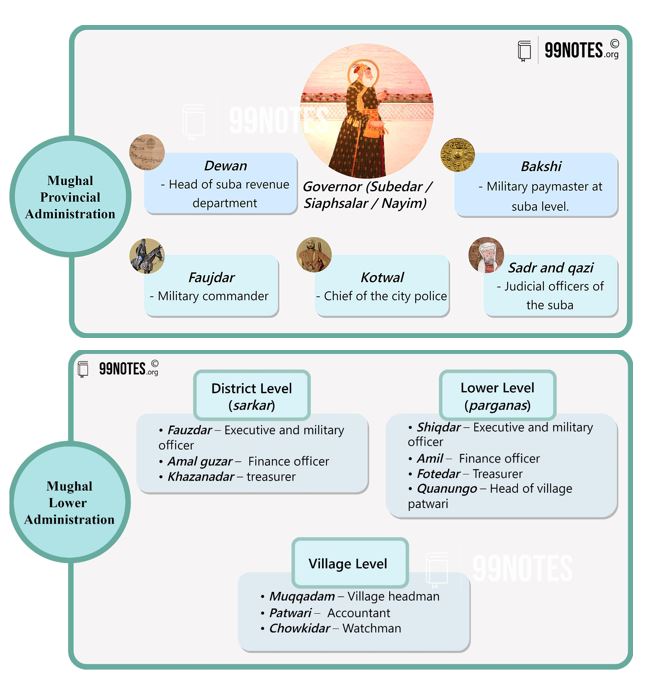Empowering the Empire: How Emperor Akbar Revolutionized the Mughal Dynasty
Discover the untold story of Emperor Akbar, the visionary who single-handedly reinvented the iconic Mughal Dynasty for eternity.
Greetings, dear readers! Today, we embark on a captivating journey through the pages of history to explore the life and contributions of Emperor Akbar, the visionary ruler who left an indelible mark on the Mughal Empire. Join us as we uncover the incredible tale of a leader who defied conventions and reshaped the empire through his progressive policies and innovative ideas.
The Rise of Akbar
Akbar, born Jalal-ud-din Muhammad, entered the world on October 15, 1542, in Umerkot, present-day Pakistan. Little did anyone know that this young prince would ascend to the throne at the tender age of 13 after the sudden demise of his father, Humayun.
Akbar’s upbringing played a crucial role in shaping his leadership skills. Guided by his mother, Hamida Banu Begum, and influenced by his regent Bairam Khan, the young prince imbibed qualities of courage, wisdom, and intelligence, which would later define his rule.
However, the path to the throne was beset with challenges. External threats, internal rebellions, and the ongoing struggle to reestablish the Mughal Empire all posed significant hurdles that Akbar had to overcome.
Religious Tolerance and Social Reforms
Akbar’s reign witnessed a breathtaking transformation in terms of religious tolerance and social reforms. Influenced by a profound belief in the unity of humanity, Akbar began to implement his visionary policy called “Divine Faith.”
Akbar’s “Divine Faith” was characterized by religious inclusivity and interfaith harmony. He abolished religious taxes, encouraged dialogue between different religious communities, and even established a library known as the “Ibadat Khana” where scholars of various faiths convened to exchange intellectual ideas.
Akbar’s commitment to social reforms was equally remarkable. He laid the foundation for a more inclusive and egalitarian society, implementing policies that prohibited discrimination based on race, religion, or caste. It was during his reign that many marginalized groups, such as women and lower castes, experienced a newfound sense of empowerment and social mobility.
Administrative and Governance Reforms
Akbar’s genius extended beyond religious and social inclusivity; he was a visionary administrator as well. Seeking to establish a centralized government, Akbar reformed the Mughal administration and paved the way for efficient governance.
 Image courtesy of 99notes.in via Google Images
Image courtesy of 99notes.in via Google ImagesOne of Akbar’s most notable administrative reforms was the establishment of a structured bureaucracy. Through this system, the empire’s vast territories were divided into provinces, each supervised by a governor appointed by Akbar. This allowed for effective control and ensured that policies were implemented uniformly across the empire.
Akbar further revolutionized the state’s revenue system, introducing land revenue reforms known as “Todar Mal’s Bandobast.” This reform not only streamlined the collection of revenue but also spurred economic growth and prosperity throughout the empire.
Guided by a strong sense of justice and equity, Akbar also prioritized the welfare of his subjects. His judicial reforms sought to minimize corruption and ensure that justice was accessible to all, regardless of their social status.
Art, Culture, and Architecture under Emperor Akbar
Akbar’s visionary approach encompassed not only governance and social harmony but also patronage of the arts and promotion of cultural diversity. The emperor’s love for art and his passion for preserving and merging Persian and Indian cultural traditions led to a flourishing of artistic expression in his empire.
Under Akbar’s patronage, masterpieces were created. The emperor commissioned the production of remarkable artworks, such as the famous “Akbar Nama” (Book of Akbar) and the “Hamzanama” (The Adventures of Hamza). These works were a reflection of his commitment to preserving cultural heritage for future generations.
Akbar’s architectural legacy is another testament to his visionary reign. He commissioned the construction of magnificent structures like the illustrious Fatehpur Sikri, which blends elements of Indian, Persian, and Islamic architecture. The monument stands today as a representation of Akbar’s harmonious worldview and his patronage of works that celebrate cultural diversity.
Legacy and Impact of Emperor Akbar
The impact of Emperor Akbar’s visionary rule cannot be overstated. His reign laid the foundation for the Mughal Empire’s golden age and served as a beacon of hope for peaceful coexistence in a diverse society.
Akbar’s inclusive policies and governance reforms greatly influenced subsequent Mughal rulers. His grandson, Shah Jahan, who constructed the awe-inspiring Taj Mahal, and his great-grandson, Aurangzeb, who inherited an empire at its zenith, were both influenced by Akbar’s principles of tolerance and justice.
Today, Emperor Akbar’s visionary leadership continues to be celebrated for its emphasis on unity, diversity, and cultural integration. It serves as a reminder that, even in the face of challenging times, progress can be achieved through compassion, empathy, and a commitment to building a more inclusive society.
As we bid adieu to this journey through time, let Akbar’s legacy inspire us to become compassionate leaders in our own spheres and strive for harmonious coexistence in our diverse world. Until we meet again!




0 Comments